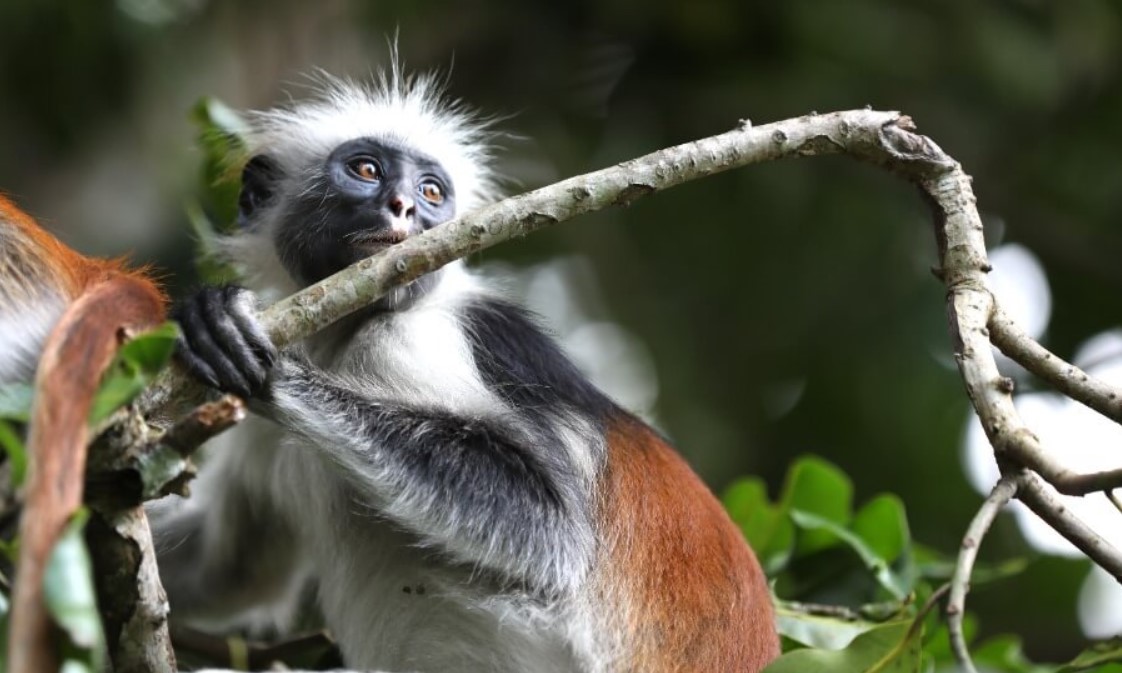
Bird species of Ziwa Rhino Sanctuary
Bird species of Ziwa Rhino Sanctuary: Many tourists know Ziwa Rhino Sanctuary as a home to southern white rhinos that can be observed when one participates in rhino tracking. Tourists visit the sanctuary to see southern white rhinos however it should be noted that there are a number of attractions in this same place. Birds, mammals, and primates can be seen in Ziwa rhino sanctuary.
Ziwa Rhino Sanctuary is comprised of savannah and wetland types of vegetation which are home to various bird species. Over 300 bird species have been so far recorded within Ziwa Rhino Sanctuary making it a good bird watching destination. While on a birding safari in Uganda, Ziwa Rhino Sanctuary is a place not to miss out.
What bird species are found in Ziwa Rhino sanctuary
Over 300 bird species have been recorded in Ziwa Rhino Sanctuary and these live in the savannah and woodland type of vegetation. Birds of Ziwa Rhino Sanctuary are also spotted in the swampy vegetation around Lugogo swamp. Ziwa is an important birding site with a wide range of bird species that are best spotted during bird watching activities.
While carrying out bird watching in different areas of Ziwa rhino sanctuary birders get to see a number of bird species among which include the elusive Shoebill stork, Abyssinian ground hornbill, African green pigeon, goliath heron, intermediate egret, tawny eagle, shikra, common house martin, tambourine dove, Egyptian goose, puvel’s illadopsis, black-winged bishop, western banded snake eagle.
Admin’s stork, pallid harrier, foxes weaver, cardinal woodpecker, giant kingfisher, long-tailed cormorant, purple heron, common green hawk, marico sunbird, chinspot batis, black and white manikini, double-toothed barbet, African hawk eagle, spur-winged goose, grey-backed fiscal shrike, violet tipped courser, village indigobird, tree pipit, blue spotted dove, white-faced scop’s owl, woolly necked stork, northern carmine bee-eater.
White-headed saw wing, tawny flanked prinia, African paradise flycatcher, semi-colored flycatcher, brown crowned tchagra, African broadbill, lizard buzzard, African black crake, long-toed lapwing, yellow wagtail, sedge warbler, red knobbed coot, pin-tailed whydah, specked weaver, flapped lark, red-rumped swallow, pied crow, marabou stork, soot chat, Namaqua dove, little weaver, malachite kingfisher, black-bellied bustard.
Spur-winged lapwing, olive sunbird, little swift, Nubian woodpecker, martial eagle, speckled pigeon, African blue flycatcher, greater blue-eared starling, Senegal coucal, pearl spotted owlet, Eurasian hobby, standard winged nightjar, long-crested eagle, African open-billed stork, blue cheeked bee-eater, grey kestrel, black and white cuckoo.
Eurasian nightjar, black-headed heron, klass’s cuckoo, black-crowned tchagra, plain martin, white-fronted bee-eater, curlew francolin, crested francolin, scarlet-chested sunbird, green wood hoopoe, common fiscal shrike, common ringed plover, piapiac, green crombec, white-browed scrub robin, greater honeyguide, grassland pipit, African black-headed oriole, African grey hornbill, pied kingfisher, African darter.
Lesser stripped swallow, steppe eagle, black crowned waxbill, heuglin’s francolin, common bulbul, booted eagle, lemon dove, levaillant’s cuckoo, lesser kestrel, sulphur breasted bush shrike, barred warbler, African scop’s owl, cattle egret, broad-billed roller, hadada ibis, black-headed gonolek, brown-throated wattle eye, common waxbill, brown parrot, spotted eagle owl, great egret, black and white shrike flycatcher.
African jacana, bared faced go away bird, fork-tailed drongo, hamerkop, fan-tailed widow bird, brown-backed scrub robin, bateleur, sooty falcon, augur buzzard, common chat, European bee-eater, bat hawk, black cuckoo, African mourning dove, barn swallow, black kite, black-headed weaver, African pygmy kingfisher, African fish eagle.
African pied wagtail, willow warbler, red-bellied fire finch, large brown snake eagle, superb starling, blue-naped mouse bird, great reed warbler, grey crowned crane, isabelline shrike, specked mouse bird, coqui francolin, grey woodpecker, knob bellied duck, crowned hornbill, vinaceous dove, common krestel, blue-breasted kingfisher.
Great blue turaco, yellow rumped tinkerbird, lesser honey guide, little egret, scared ibis, African golden-breasted bunting, wahlberg’s eagle, bronze mannikin, yellow-fronted canary, grey heron, red-necked dove, red-throated wryneck, little bittern, rufous billed heron, scaly throated honey guide, white-backed night heron, grey-headed sparrow.
Variable sunbird, white-headed barbet, dark-caped yellow warbler, laughing dove, wattled lapwing, ross’s turaco, rupell’s long-tailed starling, thick-billed honey guide, little grebe, African hoopoe, woodland kingfisher, African marsh harrier, white stork, western black-headed oriole, saddle-billed stork, yellow-billed stork, little sparrow hawk.
African darter, black and white casqued hornbill, buff spotted fufftail, white-browed coucal, white-rumped swift, white crested turaco, lesser black-backed gull, wood sandpiper, African goshawk, yellow-throated longclaw, red-winged starling, red-cheeked cordon bleu, red-headed bluebill, black-shouldered kite, African fish eagle, yellow-breasted apalis, white chinned prinia, sand martin, African golden oriole.
Black-winged stilt, African citril, red-chested cuckoo, African crowned eagle, eastern grey plantain eater, helmeted guineafowl, great sparrow hawk, and emerald spotted wood dove. Birders who are interested in seeing the shoebill stork should know that this specific bird species can be seen in Lugogo swamp on a boat cruise.
Best time to go bird watching in Ziwa rhino sanctuary
The best time for bird watching in Ziwa rhino sanctuary is morning and evening hours at any time of the year. November to April are the best months because there are plenty of birds within the sanctuary due to plenty of food. Birders have an opportunity to see as many bird species as they can during that period.
The dry season from June to September and December to February is also the best time to visit Ziwa Rhino Sanctuary for bird watching. Birders will find the birding trails dry and easier to walk through which enables them to access most of the areas for bird watching hence increasing the number of bird species to see.
What is the cost of seeing bird species of Ziwa Rhino Sanctuary?
To see the birds of Ziwa rhino sanctuary, birders need park entrance fees and birding fees and they will be good to go. For tourists who want specifically shoebill trekking, they pay entrance fee and shoebill trekking fees. These fees are paid at the entrance of the sanctuary using different payment methods apart from cashless.
Bird watching in Ziwa Rhino sanctuary is $20 for foreign non-residents and foreign residents while the citizens of East African member states pay UGX20,000 only. Shoebill trekking costs $25 for foreign non-residents, $20 for foreign residents, and UGX20,000 citizens of East African Member states.
Park entrance fee is a fee paid to allow tourists access Ziwa Rhino Sanctuary and be part of the different activities organized there. The park entrance fees exclude any activity fees carried out inside the sanctuary. To do bird watching in Ziwa Rhino Sanctuary you don’t have to book in advance.






